 |
|

|
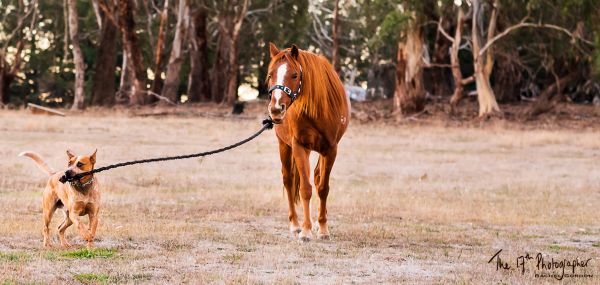 |
 |
October Large Animal News |
October 2019 |
 |
|
 |
We're mid spring and our continuing dry weather is providing plenty of challenges for farm management.
This newsletter we discuss managing horses during a dry spring - our thanks to vet Andrew Litchfield for identifying eight important things for horse owners to consider.
There is something for everyone in this newsletter with topics as varied as coccidiosis, which we are seeing in the field, to managing your bulls through the joining period, so grab a cool drink and read on.
|
 |
 |
|
|
|
|
|
 |
 |
02 Managing coccidiosis in stock
|
 |
 |
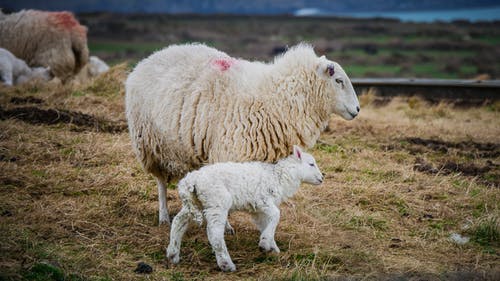
Nearly all vertebrate animals host one or more species of the protozoa Eimeria which is the bug responsible for causing coccidiosis. Given this, coccidiosis is a disease which all livestock producers need to be aware of. It causes problems in cattle, sheep, pigs, goats, chickens, goats to name a few.
Coccidia develop in the intestinal tract, and produce oocysts that pass in the dung onto the pasture. The spores then infect grazing stock. Often the subsequent infection causes no ill effects, or at least no visible effects. 95% of the loss which occurs with coccidiosis is ‘sub-clinical’, meaning the only effect is reduced feed conversion efficiency and reduced weight gain. However, with stress and overcrowding, particularly under damp unhygienic conditions, profuse diarrhoea can occur with blood and mucus in it. This can be accompanied by significant mortality. It is most commonly seen in young stock just before weaning, in feedlots, or other situations where stock are confined at very high stocking rates.
Do you have a coccidiosis problem?
Most stock are infected early in life without showing signs of infection. However, coccidiosis is usually suspected in lambs too young for a worm problem, or when stock are scouring but fail to respond to drenching (unless significant worm burdens are also present).
A quick diagnosis is important to work out a plan
If you suspect coccidiosis is causing a problem in your stock, get in touch. Faecal floatation is a quick way to determine if large numbers of coccidia are passing through into the faeces. If you have lost animals, there are often tell tale signs (e.g. white spots in the intestines) in the intestines which can raise the alarm.
There are treatments, and preventions which are best discussed on a case-by-case basis.
|
 |
 |
|
 |
 |
03 Wolf teeth in horses |
 |
 |
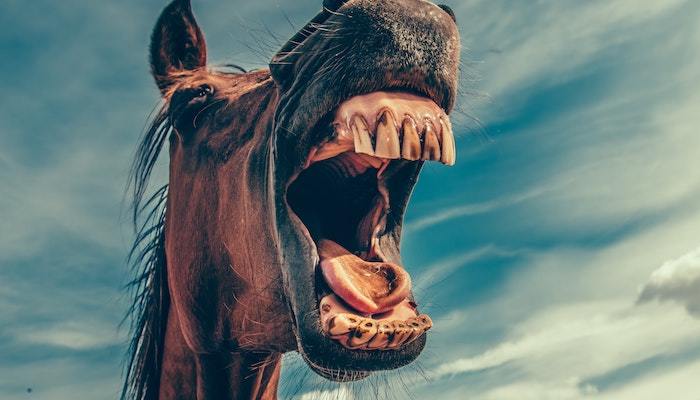
'Wolf teeth' are small, non-functional, peg-like teeth located just in front of the first cheek teeth. They are believed to be vestigial, meaning they are a remnant of evolution. Horses were once small, forest-dwelling browsers, and archaeological records indicate their teeth were once smaller and narrower, a little like a goat or a sheep. As horses have evolved into larger grazing animals the cheek teeth have become bigger, leaving less room in the mouth and the wolf teeth redundant.
Many but not all horses will develop wolf teeth, with eruption usually occurring between 5 and 12-months of age. A horse may have anywhere between zero and four wolf teeth, but most commonly there are two, one either side of the upper jaw.
Due to their location, wolf teeth are often removed to avoid interference with the bit. Extraction is usually a simple procedure that can be performed by a vet under sedation with local anaesthetic or coinciding with surgical procedures such as castration in colts. The tooth is loosened from the gum and socket with an elevator tool, leaving a small empty socket which usually heals after about a week. Aftercare is minimal, although the use of a bit should be avoided for a week or so afterwards.
Wolf teeth vs canine teeth
Wolf teeth are not to be confused with 'canine teeth', which are the much larger tusk-like teeth located along the bars between the cheek teeth and the incisors. While most male horses have canine teeth, they are usually absent or much less developed in female horses. Unlike wolf teeth, canine teeth don’t need to be removed.
|
 |
 |
|
 |
 |
04 Cheesy gland in sheep - how common is it? |
 |
 |

Cheesy gland is a bacterial disease of sheep which cause large abscesses in the lymph nodes of the body and internal organs, especially the lungs.
An abattoir survey in 1995 showed:
- 97% of flocks studied in NSW were infected with cheesy gland!
- Victoria was not far behind at 91%
- WA had a little less at 88%
The main costs of the disease are in the reduced on-farm production of meat and wool. Soon after the initial infection, sheep develop a fever and the abscesses form. In the first year of infection, sheep on average lose 0.2-0.25kg of wool or 4-7% of clean fleece weight as they attempt to fight the infection off. Further losses then occur due to condemnation and trimming at the abattoirs. It’s estimated that 75% of a meat inspectors time on the sheep chain is spent checking and removing cheesy gland.
The main method of spread is thought to be from sheep with infected lungs, who cough over other sheep while yarded. Pus from abscesses cut open at shearing, and contaminated dips are also a source of infection.
The disease is well controlled by vaccination, however to be effective a complete vaccination program must be undertaken (1 single dose of the vaccine is not effective). An Australian survey showed that farms which followed a recommended vaccination program reduced the prevalence of the disease to 3% compared to 29% in other partially vaccinated or unvaccinated flocks sampled. For previously unvaccinated sheep, the primary course of vaccine, Glanvac®, consists of two doses ideally given 4 weeks apart. This should be followed by a booster dose every 12 months.
|
 |
 |
|
 |
 |
05 Sheep: Testing the efficacy of drench on a farm |
 |
 |
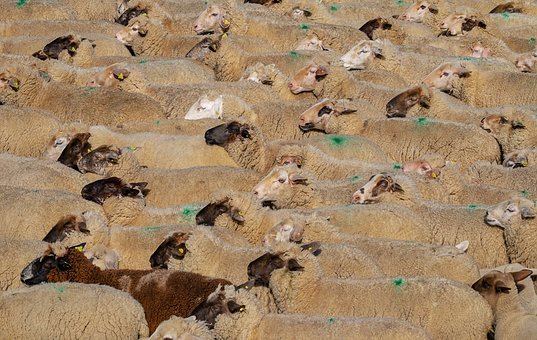
Worm resistance to drench is a widespread problem in Australia. The best way to work out if a drench works on your farm is to perform a drench check. A quick explanation follows:
When?
The test should be done every two years
How?
Before conducting a drench test, do a basic worm egg test to see if there is a worm burden in the stock. Worm burdens under 300 eggs per gram do not warrant a drench test. You need a minimum of four groups with 15 animals in each. All animals should be similar status.
Timing
Administer the drenches you plan to test (we can help advise which ones) and resample the groups 10 - 14 days later.
Results
The results are delivered in two parts:
- A worm egg count is conducted within 24 hours of the sample being received at the lab, and a percentage reduction is calculated from that.
- A larval differentiation takes seven days and calculations are performed once this is complete. This determines which species of worm are most prevalent on your property, and subsequently which are resistant to the different drench classes.
|
 |
 |
|
 |
 |
06 Snap, crack, pop: Are your horse’s clicky joints something to be concerned about? |
 |
 |
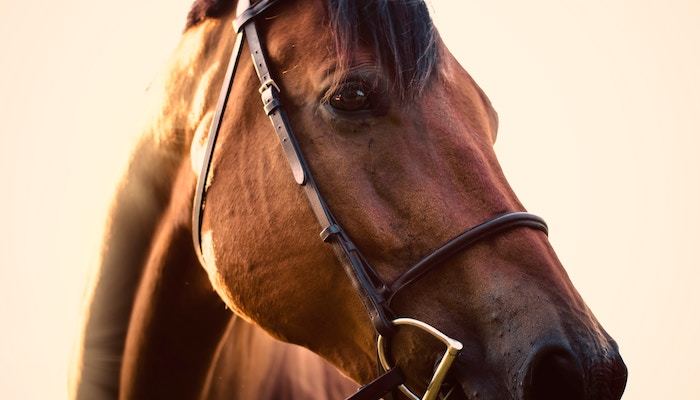
Clicky joints are a common cause of concern from horse owners. Loud cracks and pops can at times be heard from higher movement joints such as knees, fetlocks, hocks, stifles and hips. Some horses seem to be more prone to clicky joints, and noises can be more obvious at the walk or at the start of a warm-up.
So, should you be worried? As a general rule, no. The clicking or popping sound is usually the result of the harmless rapid release of gas in the joint that occurs as the joint capsule stretches. This is essentially the same physiological process that allows you to “crack” your knuckles.
Clicky joints are generally only a concern if they are associated with any of the following:
- Lameness or abnormal gait
- Joint swelling
- Reduced range of joint motion
It is important to consider the health of your horse’s joints, whether clicky or not, a degenerative joint disease (DJD, or arthritis) can be more common than many horse owners realise. Older horses, horses which have had a previous injury or those which have experienced a solid athletic career are at higher risk of DJD. A basic check-up by your vet, with a trot up and some flexion tests, is a great starting point for assessing the condition of your horse’s joints.
|
 |
 |
|
 |
 |
07 Managing bulls this spring |
 |
 |
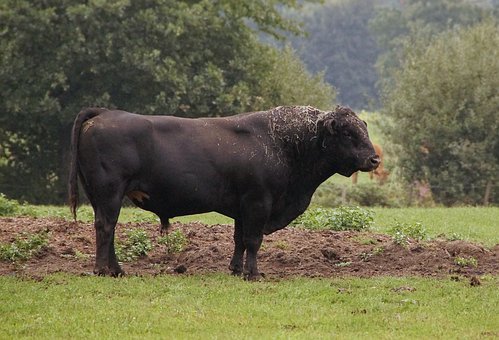
When bulls are running with the herd, you can take several steps to increase bull activity and reduce health risks.
- Ensure there are always at least two sexually-active fertility-tested bulls with the herd. (If single sire mating keep an eye on bull performance and take action if females continue to cycle post mating)
- Avoid using overly aggressive, dominant bulls.
- Swap bulls in the herd regularly through the bull mating period. Rest bulls for several days before returning them to the herd to help them refresh and maintain sexual interest.
- Monitor bulls for lameness regularly. Remove, treat and rest lame bulls promptly. Replace them with healthy bulls.
- Consider the use of preventative hoof trimming to help prevent lameness.
- Regularly observe bulls that are serving to ensure they are working correctly. Immediately remove bulls that are unable to serve properly and replace them with more capable bulls.
Manage heat stress risk
Heat stress can reduce bull performance. Try and run individual bulls with the herd for no longer than two days before resting during periods of high heat stress risk.
Further reduce heat stress risk by:
- Providing adequate shade and cool water.
- Considering strategies such as: using more bulls, and providing bulls with extra or longer rest periods between work.
Republished with permission from the new and improved InCalf book
|
 |
 |
|
|
